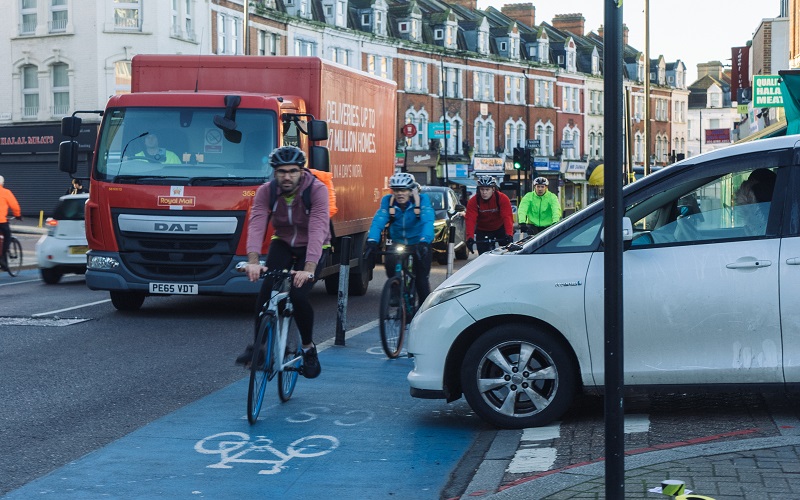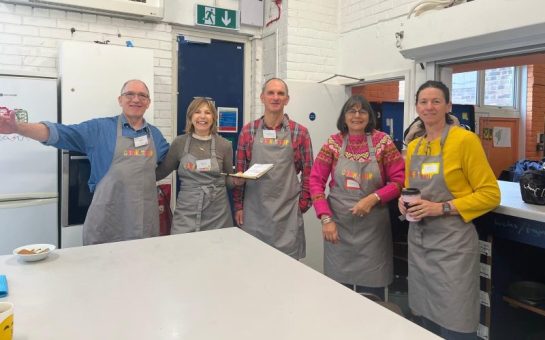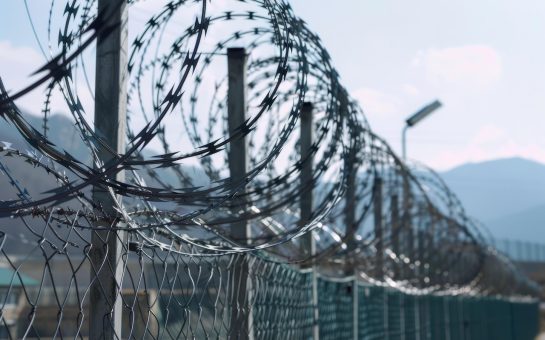A cycling charity have launched a new interactive map showing London’s most dangerous junctions for cyclists and pedestrians to raise awareness of the safety issues facing both groups caused by dangerous driving.
Encompassing the entirety of the city and using the latest emergency services response data for 2018-2022, the map devised by London Cycling Campaign (LCC) can locate the most dangerous junctions for cyclists and pedestrians within each borough.
The most dangerous junctions for cycling in London can be found in Wandsworth, where Ansell Road, Derinton Road, Price Close and Lessingham Avenue intersect with Upper Tooting Road and the wand-protected Cycle SuperHighway CS7, with 11 serious injuries and 18 slight injuries occurring there in the past five years.
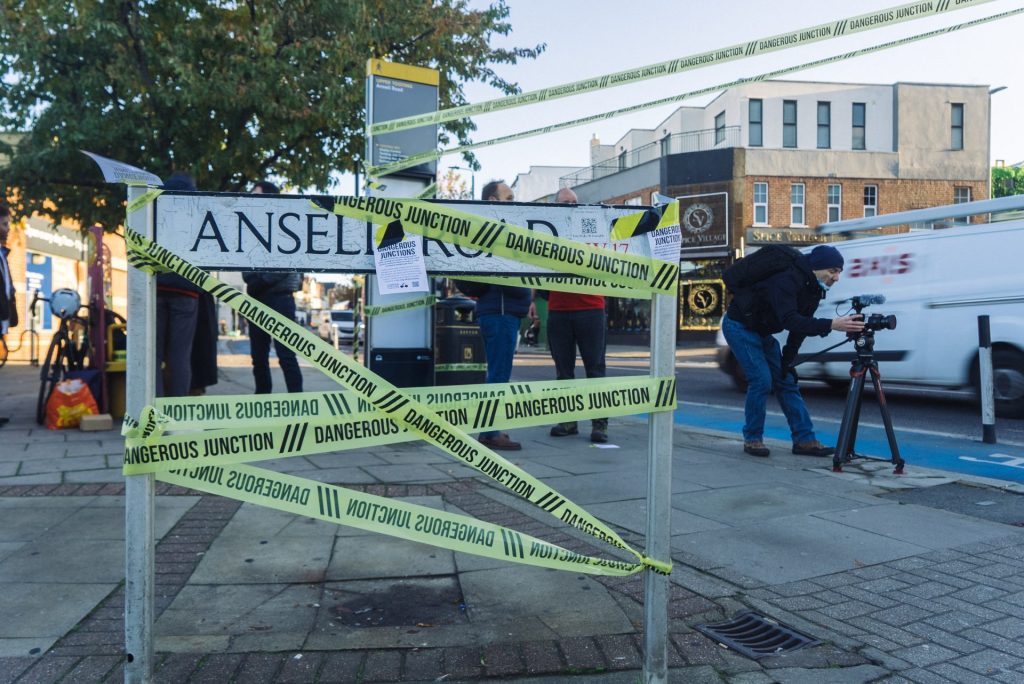
Coordinator of the Wandsworth Cycling Campaign Celia Duncan said: ”Years of inaction on road danger and cycling means it is sadly unsurprising that Wandsworth not only has the most dangerous junction for cycling in its bounds, but two junctions in the 10 worst.
”We urge the Council to now take road danger at its junctions seriously to stem the ongoing tide of serious and fatal collisions on its roads.”
Approximately 3,000 cycling journeys are made using this junction daily, and campaigners have warned of the dangers caused by dangerous driving.
Dr Cleo Kennington, Consultant Surgeon and Co-Chair Bicycle Users Group, St Georges Hospital, said: ”The Tooting section of the CS7 Cycle Superhighway is the most popular cycle route used by St.
George’s Hospital staff according to the hospital’s Bicycle Users Group survey.
”However, that survey also reports of the serious dangers in using CS7.
“The dangers listed include: the lack of maintenance of CS7; cars pulling out across CS7 at junctions; the lack of enforcement of illegal car parking; the absence of/damage to cycle wands; and illegal turns by cars into ‘no left turns’ junctions.
”These problems make cycling to work by staff from St. George’s Hospital an unnecessarily risky mode of active travel. Improvements along that section are urgently needed to reduce the number of collisions.”
The junction on Upper Tooting Road is a red route however, and falls under the purview of Transport for London, meaning Wandsworth Council has no legal authority to make changes to the junction.
Meanwhile, the most dangerous junction for London pedestrians is the Southall High Street and Avenue Road junction, with 2 fatal collisions and 2 slight collisions occurring there over the past five years, owing to the intersection of a heavy ratrun with a congested shopping street featuring high foot traffic and limited sightlines.
The Mayor of London Sadiq Khan had previously outlined his intent for all deaths and serious injuries to be eliminated from London’s transport network by 2041, but campaign groups are urging for more immediate action.
Chief Executive of LCC Tom Fyans said: ”Behind this horrific data are hundreds of stories of families torn apart by tragedy and lives changed forever.
”The Mayor has committed to a Vision Zero of London by 2041 – but that would mean over 17 years more fatal and serious collisions for Londoners.
”Whilst cycling and indeed walking and wheeling remain relatively safe, healthy ways of getting about London, TfL, the Mayor and our boroughs must move faster and be bolder on road danger to stem the human cost posed by dangerous junctions and poor road designs.”
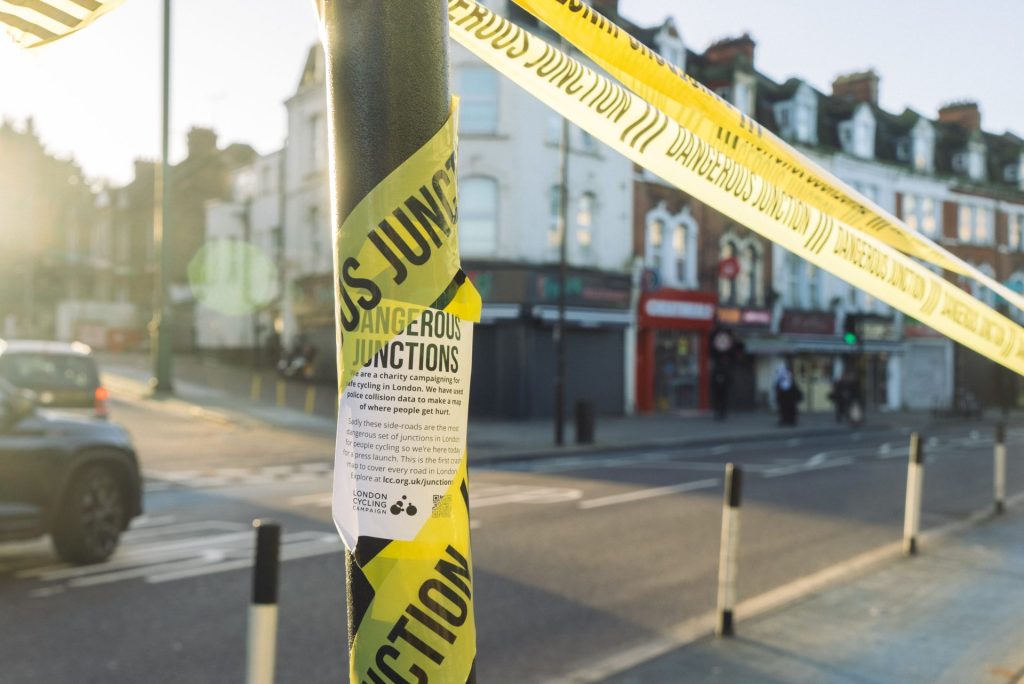
A TfL spokeswoman said: “Any death or serious injury on the roads is one too many and we are determined to end the devastating consequences of road danger by working with London boroughs to make roads safer, including at junctions.
”We have reduced danger at 44 junctions across London as part of our Safer Junctions programme and we continue to work on designs for a significant number of further locations in collaboration with our partners in the London Boroughs, including many of those highlighted by this data.
“We welcome London Cycling Campaign’s research and will be working closely with campaigners, councils and local communities across the capital on our investment in new infrastructure over the coming years.”
A Wandsworth council spokesman said: “The council is fully committed to improving safety for cyclists and pedestrians and has unveiled a series of measures to make travelling by bike and on foot much safer.
“This includes the installation of a protected cycle lane across Wandsworth Bridge, changes to road layouts near schools in Chestnut Grove and new upgraded cycle and walking routes in Burntwood Lane. We are committed to working with TfL to improve safety on its red route network.”
LCC’s map is available here.
Featured Image Credit: London Cycling Campaign
